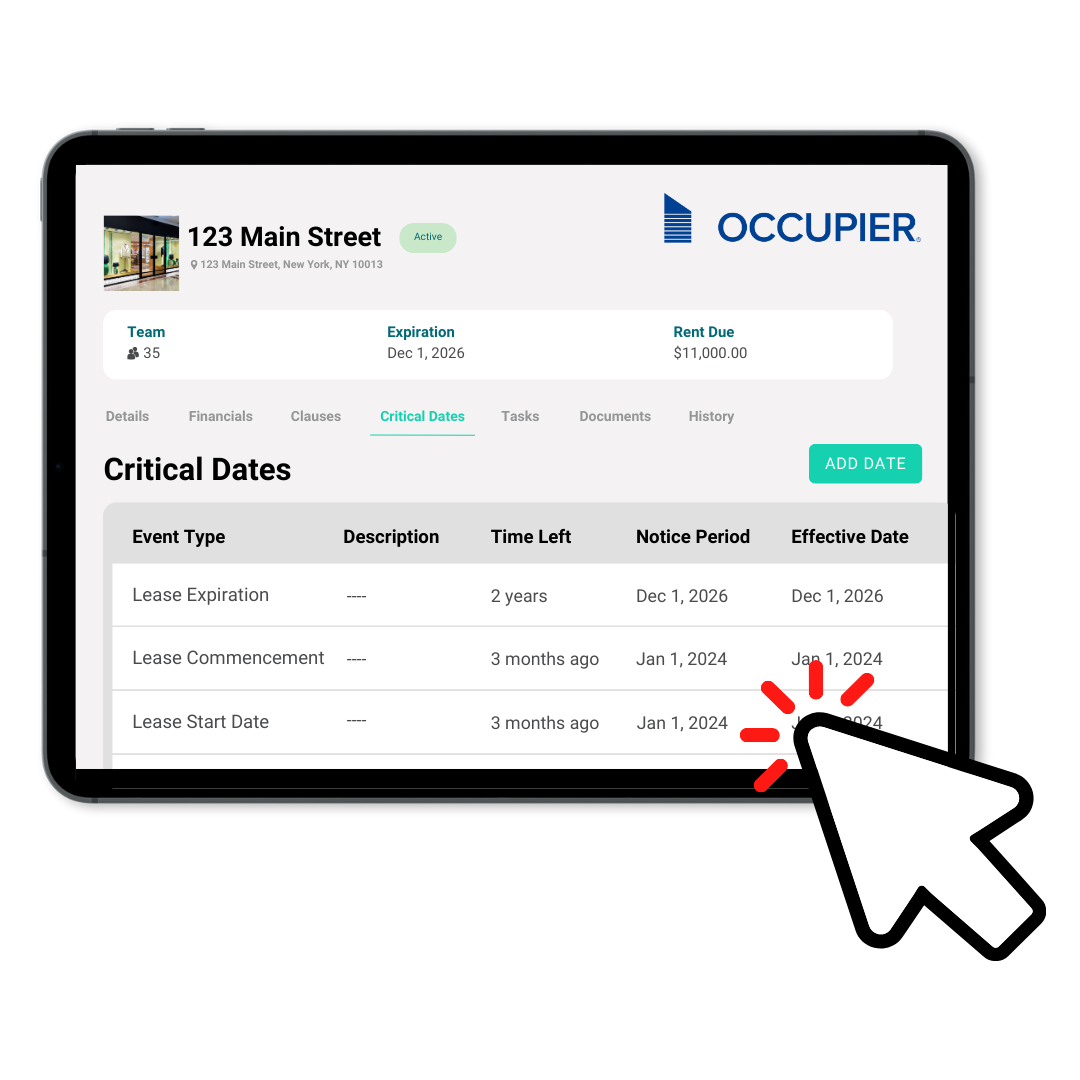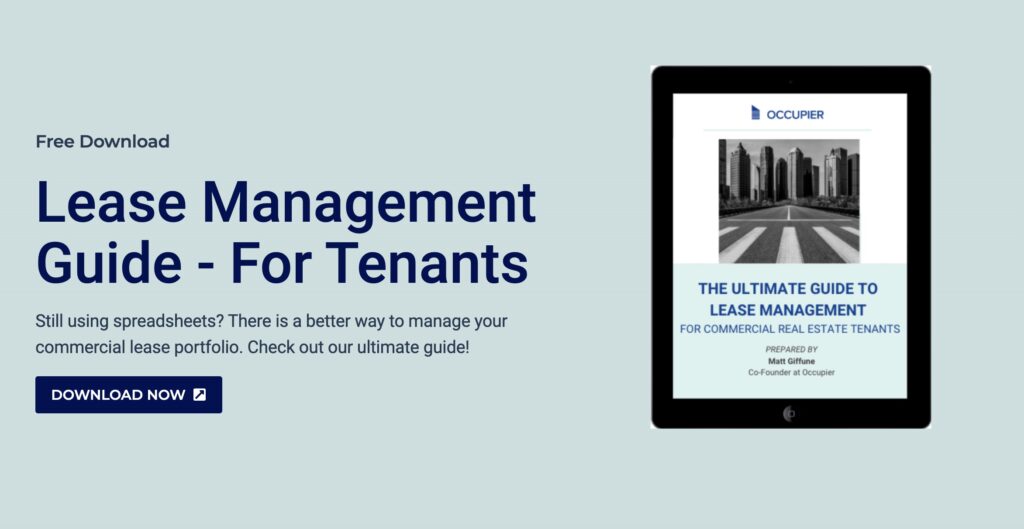Ultimate Guide to Lease Negotiations: Strategy, Tactics & Tips
Last Updated on May 2, 2024 by Morgan Beard
Leasing commercial space is a significant decision for businesses, and negotiating the terms of a lease is a critical step in the process. Whether you are a business owner, a CPA assisting clients, or a member of a real estate team, understanding effective lease negotiation strategies is essential for securing a favorable and cost-effective lease agreement.
In this ultimate guide to lease negotiations, we will dive deep into the world of commercial lease agreements, providing you with a comprehensive toolkit of strategies, tactics, and tips to navigate the negotiation process successfully. From preparing for negotiations to handling counteroffers, this guide will empower you with the knowledge and confidence to secure a lease that meets your business’s needs.
Understanding the Lease Agreement
Before delving into the negotiation process, it is crucial to have a thorough understanding of the lease agreement. In this chapter, we will cover the key components of a commercial lease, including:
- Lease Duration and Renewal Options: This refers to the length of time for which the lease agreement is valid and any provisions for extending or renewing the lease once it expires. Understanding these terms is crucial for long-term planning and stability.
- Rent Structure and Escalation Clauses: This encompasses the method used to determine the rent amount (e.g., fixed, variable, or graduated) and any clauses outlining how and when rent may increase over the lease term, typically to account for inflation or other factors.
- Operating Expenses and Common Area Maintenance (CAM) Charges: These are costs associated with maintaining and operating the property, such as utilities, repairs, and upkeep of common areas. Tenants may be responsible for a portion of these expenses, which are often outlined in the lease agreement.
- Use and Zoning Restrictions: These specify how the leased space can be used and any restrictions imposed by local zoning laws or regulations. It’s essential for tenants to ensure that their intended use aligns with these restrictions to avoid potential legal issues.
- Maintenance and Repairs Obligations: This outlines the responsibilities of both the landlord and tenant concerning property maintenance and repairs. It delineates who is responsible for what types of maintenance and repairs, which helps prevent disputes and ensures the property is well-maintained.
- Insurance and Indemnification: This covers the types of insurance required by the lease agreement, such as liability insurance or property insurance, and any clauses regarding indemnification, which specify who is responsible for damages or liabilities arising from certain events.
- Assignment and Subletting: These clauses govern whether the tenant has the right to transfer or sublease the leased space to another party. Understanding these provisions is crucial for tenants who may need flexibility or wish to exit the lease before its expiration.
- Termination and Exit Strategies: This outlines the conditions under which the lease can be terminated before its expiration and any associated penalties or procedures. It’s essential for both parties to understand these terms to mitigate risks and plan for potential exits.
By familiarizing yourself with these lease agreement elements, you will be better equipped to negotiate favorable terms that align with your business goals.
Preparing for Lease Negotiations
Successful lease negotiations require careful preparation. In this section, we will discuss the essential steps to take before entering into negotiations, including:
Defining Your Needs and Objectives: Conduct a thorough analysis of your business requirements and objectives. Consider factors such as space size, location preferences, and necessary amenities to align the lease with your strategic goals.
- Research Comparable Properties and Market Conditions: Investigate the local commercial real estate landscape and conduct thorough market research to understand prevailing rental rates, property features, and lease terms for similar properties. This comparative analysis provides valuable insights into fair market value and negotiation leverage.
- Establish a Negotiation Strategy: Develop a comprehensive negotiation strategy that outlines your desired outcomes, preferred concessions, and potential trade-offs. Anticipate various scenarios and prepare persuasive arguments to support your position during negotiations. Leverage negotiation trade offs like rent-free periods, tenant-improvement allowances, security deposit burndown and co-tenancy clauses.
- Organize Financial Documentation: Compile all relevant financial documents, including income statements, balance sheets, and cash flow projections. Demonstrating your financial stability and ability to meet lease obligations strengthens your negotiating position and instills confidence in the landlord.
- Identify Potential Deal Breakers: Identify potential deal breakers or contentious lease terms that could adversely impact your business operations or financial viability. Prioritize key provisions and establish non-negotiable terms to guide your negotiation strategy.
- Build a Relationship with the Landlord: Cultivate a positive rapport with the landlord or leasing agent through open communication, professionalism, and mutual respect. Establishing a strong relationship fosters trust and facilitates constructive dialogue, leading to more favorable lease terms and a smoother negotiation process.
By meticulously addressing these pre-negotiation considerations, commercial tenants can position themselves for successful lease negotiations and secure agreements that align with their business objectives.
Negotiation Strategies and Tactics
Once you have prepared for lease negotiations, it’s time to put your strategy into action. In this chapter, we will explore effective negotiation strategies and tactics, including:
- Anchoring and Framing Techniques: Set the tone of negotiations by anchoring the discussion with favorable terms or reference points. Use framing techniques to shape perceptions and highlight the value your organization brings to the Landlords portfolio — whether that is a particular demographic, brand awareness, or co-tenancy plays.
- Creating Win-Win Solutions: Strive for mutually beneficial outcomes where both parties feel satisfied with the terms of the lease. Explore options for compromise and collaboration to maximize value and build positive long-term relationships.
- Leveraging Competition and Market Conditions: Capitalize on market dynamics and competing offers to strengthen your negotiating position. Demonstrate your awareness of market trends and leverage alternative options to drive favorable concessions from the landlord.
- Flexibility and Creativity in Negotiations: Remain open to alternative solutions and innovative approaches during negotiations. Embrace flexibility to adapt to changing circumstances and explore creative lease structures that meet both parties’ needs.
- Addressing Landlord Concerns and Priorities: Take the time to understand the landlord’s objectives, concerns, and priorities. Tailor your negotiation strategy to address their key interests and offer solutions that mitigate their risks and maximize returns.
- Active Listening and Building Rapport: Practice active listening to understand the landlord’s perspective and concerns fully. Build rapport through genuine engagement and empathy, fostering trust and collaboration throughout the negotiation process.
- Structuring Lease Incentives and Concessions: Strategically negotiate lease incentives and concessions to enhance the attractiveness of your offer. Explore options such as rent abatements, tenant improvement allowances, or lease renewal options to secure favorable terms.
By leveraging these strategies and tactics, you can maximize your leverage during negotiations and secure favorable lease terms.
Handling Counteroffers & Negotiation Impasses
Negotiations may involve back-and-forth discussions, and counteroffers are a common occurrence. In this section we will discuss effective strategies for handling counteroffers and overcoming negotiation impasses, including:
- Analyze Counteroffers & Identifying Deal-Breakers: Carefully evaluate counteroffers from the landlord, analyzing each term to assess its impact on your business objectives. Identify deal-breakers—non-negotiable terms that could significantly hinder your operations or financial viability. This stage is when a letter of intent, clearly outlining your terms and conditions comes into play.
- Make Strategic Concessions: Prioritize your negotiation objectives and be prepared to make strategic concessions on less critical terms to facilitate progress in negotiations. Focus on maintaining flexibility while safeguarding your core interests.
- Explore Alternative Solutions: If faced with an impasse on critical issues, explore alternative solutions or compromises that address both parties’ underlying interests. Brainstorm creative options and seek win-win outcomes that maximize value for both sides.
- Bring in Experts and Attorneys: Consider enlisting the assistance of experienced mediators like tenant-rep brokers, real estate attorneys and/ or advisors to aid in these lease negotiations. Their expertise can help facilitate productive discussions, overcome obstacles, and protect your legal interests.
- Recognizing When to Walk Away: Know when to recognize a stalemate or unreasonable demands that cannot be resolved through further negotiation. Be prepared to walk away from the deal if it no longer aligns with your business objectives or presents unacceptable risks.
By navigating counteroffers and negotiation impasses with tact and strategy, you can reach a mutually beneficial agreement with the landlord.
Finalizing the Lease Agreement
Once negotiations have reached an agreement, it’s time to finalize the lease contract. In this chapter, we will cover essential steps to ensure a smooth and comprehensive lease agreement, including:
- Reviewing the Lease Agreement with Legal Counsel: Before signing anything, consult with experienced legal counsel who specializes in commercial real estate. They’ll help you understand the terms and ensure they align with your interests.
- Clarifying Ambiguous Language and Terms: Scrutinize the lease agreement for any unclear or ambiguous language that could lead to misunderstandings later on. Seek clarification on any terms or provisions that are not clearly defined.
- Identifying and Addressing Potential Risks: Thoroughly assess the lease agreement to identify potential risks or liabilities. Address any concerns with the landlord and negotiate amendments or additional provisions to mitigate these risks.
- Negotiating Favorable Lease Renewal Options: Secure favorable lease renewal options that provide you with flexibility and stability for future expansion or continued occupancy. Negotiate terms that allow you to extend the lease on favorable terms or with minimal disruption to your business operations.
- Ensuring Compliance with Local Laws and Regulations: Verify that the lease agreement complies with all relevant local laws and regulations governing commercial real estate leasing. Ensure that the terms align with zoning laws, building codes, and any other legal requirements applicable to your business.
By paying attention to the details and seeking legal advice, you can finalize a lease agreement that protects your interests and minimizes potential risks.
Post-Negotiation Lease Management
Lease negotiations don’t end with the signing of the agreement. In this section, we will discuss effective strategies for post-negotiation and on lease management, including:
- Implement an Automated Lease Management Tool: Set up a system to monitor key lease dates and deadlines, including renewal options and lease expiration dates. Implement reminder notifications to ensure timely action and prevent unintended lease lapses.
- Budgeting for Rent Increases & Operating Expenses: Anticipate and budget for potential rent increases and operating expenses to avoid financial surprises. Incorporate these expenses into your financial planning to maintain financial stability and profitability.
- Maintaining Communication with the Landlord: Foster open and proactive communication with your landlord to address any issues or concerns promptly. Establishing a positive relationship can facilitate timely resolution of maintenance issues and promote mutual trust and cooperation.
- Addressing Maintenance and Repairs Obligations: Fulfill your maintenance and repair obligations as outlined in the lease agreement. Promptly report any maintenance issues to the landlord and coordinate necessary repairs to ensure the property remains in optimal condition.
- Maximizing Use of Leased Space: Continuously evaluate and optimize the use of your leased space to enhance operational efficiency and maximize revenue potential. Explore opportunities to expand or diversify your offerings while adhering to lease restrictions and zoning regulations.
By actively managing your lease agreement post-negotiation, you can ensure a smooth and productive tenancy.
Guide to Lease Negotiations Summarized
Lease negotiations are a crucial part of the commercial real estate journey, and understanding the strategies, tactics, and tips outlined in this ultimate guide will empower you to secure a lease agreement that meets your business objectives. From understanding the lease agreement components to handling counteroffers and finalizing the contract, each step of the negotiation process requires careful consideration and strategic thinking.
Remember, negotiation is an art, and with practice and knowledge, you can master the art of lease negotiations. By implementing the strategies and tactics outlined in this guide and adapting them to your unique circumstances, you can secure a lease agreement that lays the foundation for your business’s success.
Now, it’s time to put your newfound knowledge into action and embark on a successful lease negotiation journey. Good luck!

Product Tour
Take a self-guided tour and see how the fastest-growing commercial tenants leverage Occupier for lease management & lease accounting.

